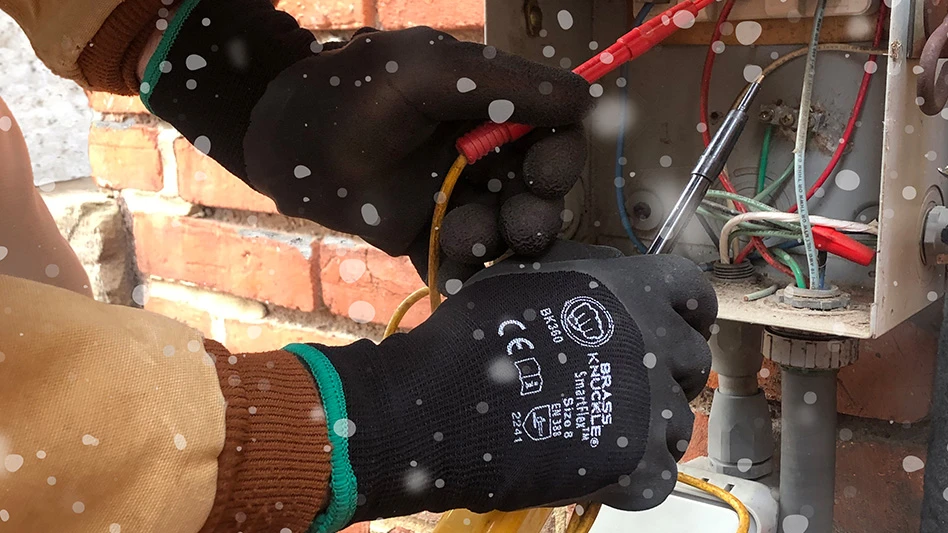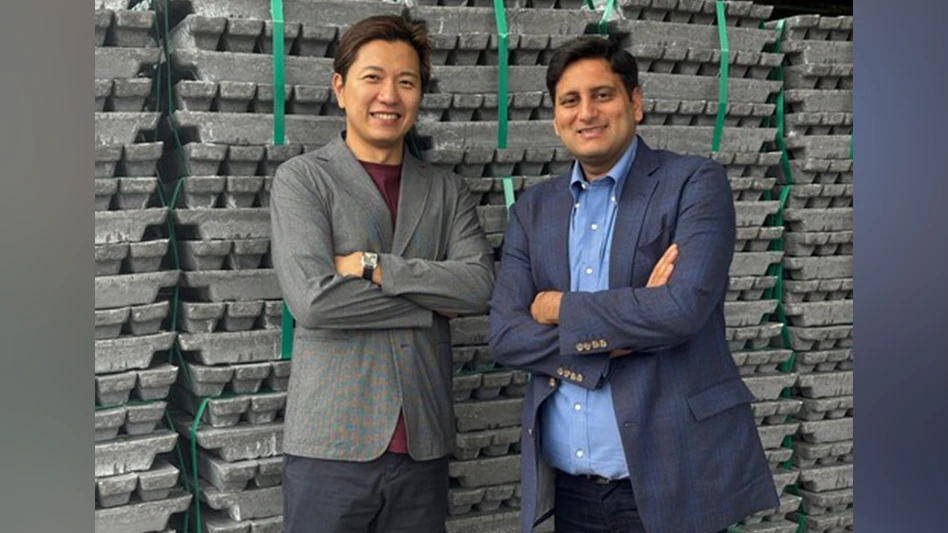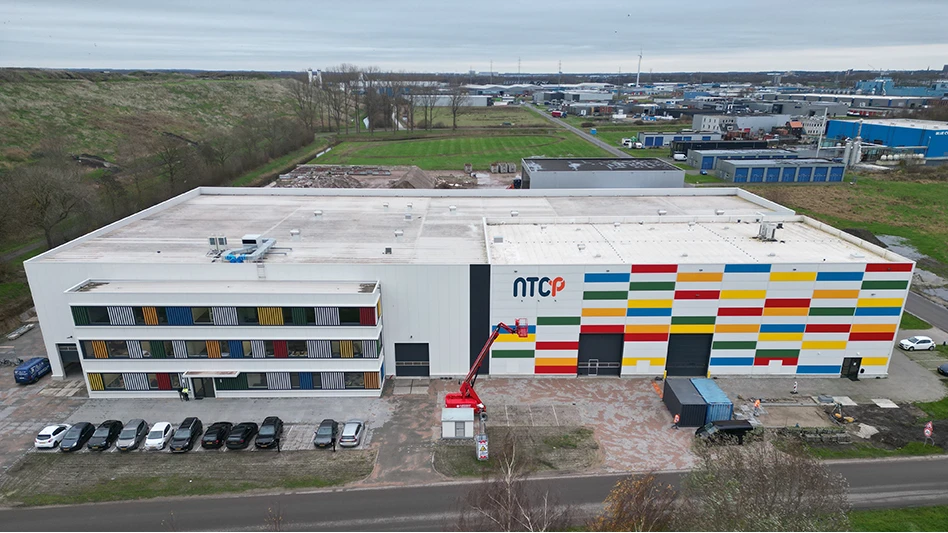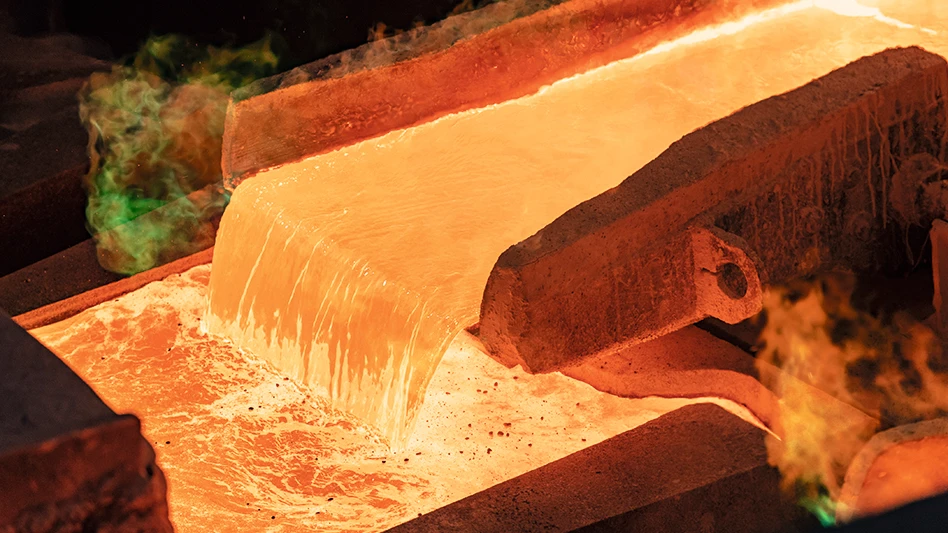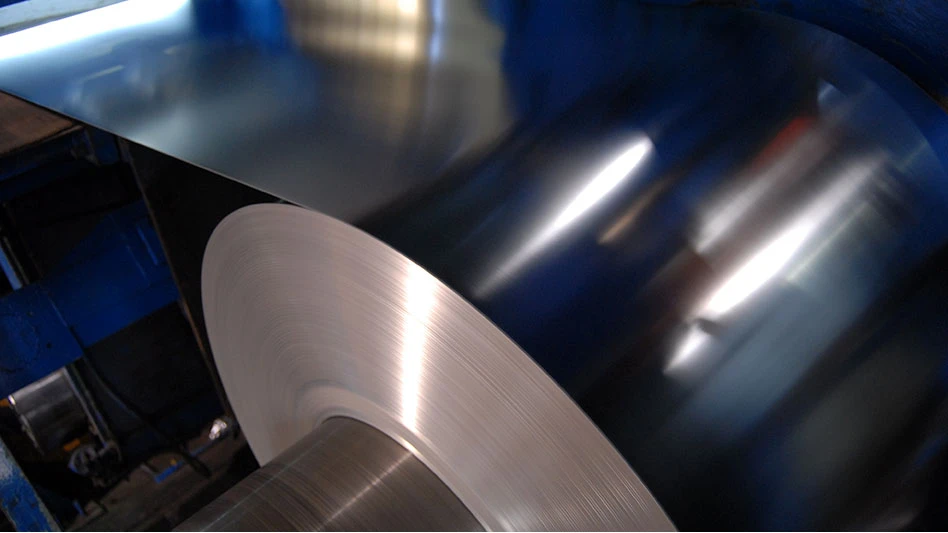
Recycling Today archives
By one important measure, the market for stainless steel and alloyed scrap has had a lower ceiling this year compared with last year.
According to the Brussels-based WorldStainless association, worldwide stainless steel melt shop production decreased by 1.7 percent year on year to 28.4 million metric tons in the first six months of the year.
The total first half output of 28.4 million metric tons means some 500,000 fewer metric tons of finished and semi-finished stainless alloys were shipped from melt shops compared with the same timeframe in 2022.
Regional breakdowns show that in Europe, stainless steel output fell 13.4 percent year on year in the first half of 2023, while the United States has reported a very similar 13.5 percent decline in production.
Chinese mills continue to churn out stainless steel this year. The nearly 17.6 million metric tons made in China in the first half of this year—nearly 62 percent of the world’s total—is up by 8.2 percent compared with last year’s first-half output.
Processors and traders of stainless steel scrap are well aware that production in China and much of the rest of Asia has for several years been far more reliant on nickel pig iron (NPI) virgin material rather than scrap. The Asian feedstock landscape contrasts greatly with Europe and the U.S., where scrap often is the predominant feedstock.
In terms of both demand for and pricing of stainless scrap, however, the gulf between scrap consumption in Asia and the rest of the world could undergo some change if decarbonization goals and targets are adhered to in a meaningful way globally.
This August in Bangkok at the Material Recycling Association of India (MRAI) International Business Summit, panelists at a session on stainless steel recycling referred to a discernible change working in scrap’s favor.
Tobias Kaemmer, CEO of the Netherlands-based Oryx Stainless Group, said stainless steel output in Europe is based on 94 percent scrap content, up from around 55 percent when his company was founded about 30 years ago.
Oryx established operations in Thailand 10 years ago in part because of the global regionalization of stainless production, with Europe having a “protective system” involving duties and tariffs surrounding its stainless steel sector, according to Kaemmer.
During that same span, the booming stainless steel sector in Asia—whether in China, India or Southeast Asian countries at facilities owned by Chinese and Indian producers—NPI made from mined material predominated in melt shop usage.
The nature of Europe’s protective system is in the midst of changing, Kaemmer said, perhaps relying less on across-the-board duties and instead involving a carbon border adjustment mechanism (CBAM) that will place a substantial duty only on metals with a high carbon footprint.
The looming CBAM, which includes an auditing process that could start before the end of this year, is already prompting big ticket investments, the recycler said.
He pointed to Italy-based stainless steel rolling mill operator Marcegaglia S.p.A. buying a scrap-fed stainless melt shop in the United Kingdom last year as one such move, and said China-based Tsingsha Steel, which has long relied on NPI, is opening a production line based on scrap.
“This is a game changer, and it is closer than we all think,” Kaemmer said about looming CBAM systems in Europe and North America.
Fellow panelist Vishal Wadwha of India-based Jindal Stainless stated that using 1 ton of stainless steel scrap in the production process saves up to 4.3 tons of CO2 being released into the atmosphere, calling scrap the champion for Scope 3 emissions reduction.
At the MRAI event, both Kaemmer and Puneet Paliwal, a Mumbai-based senior analyst with United Kingdom-based CRU, said demand for recycled-content metal—and a willingness to pay a premium—is coming from manufacturers of automobiles, appliances and other goods.
About one month after the MRAI discussion, WorldStainless chimed in with a 14-page report that examines the differences between scrap-based and NPI-based production systems to make stainless steel, finding unsurprisingly that using more scrap translates to lower CO2 emissions.
“Like any other major industry, the stainless steel industry consistently endeavors to reduce its operational CO2 emissions year on year,” WorldStainless says.
The report’s authors found that using 85 percent stainless scrap to feed a melt shop resulted in average emissions of 2.08 tons of CO2 for one ton of stainless steel produced. That contrasts with 6.82 tons of CO2 emissions per one ton of stainless steel produced when scrap contributes just 35 percent of feedstock.
The organization says its report also finds in part that although 95 percent of stainless steel scrap is collected for recycling at the end of its life cycle, there is not enough stainless steel scrap available globally, therefore the scrap based and NPI-based production routes will co-exist for several decades to come.
For recyclers and traders, supply limitations likely will provide one type of ceiling in their quest for maximum profits. In terms of pricing, however, the combination of limited supply and increased demand could lead to pleasant margins if the predictions come true.
Latest from Recycling Today
- AISI, Aluminum Association cite USMCA triangular trading concerns
- Nucor names new president
- DOE rare earths funding is open to recyclers
- Design for Recycling Resolution introduced
- PetStar PET recycling plant expands
- Iron Bull addresses scrap handling needs with custom hoppers
- REgroup, CP Group to build advanced MRF in Nova Scotia
- Oregon county expands options for hard-to-recycling items

